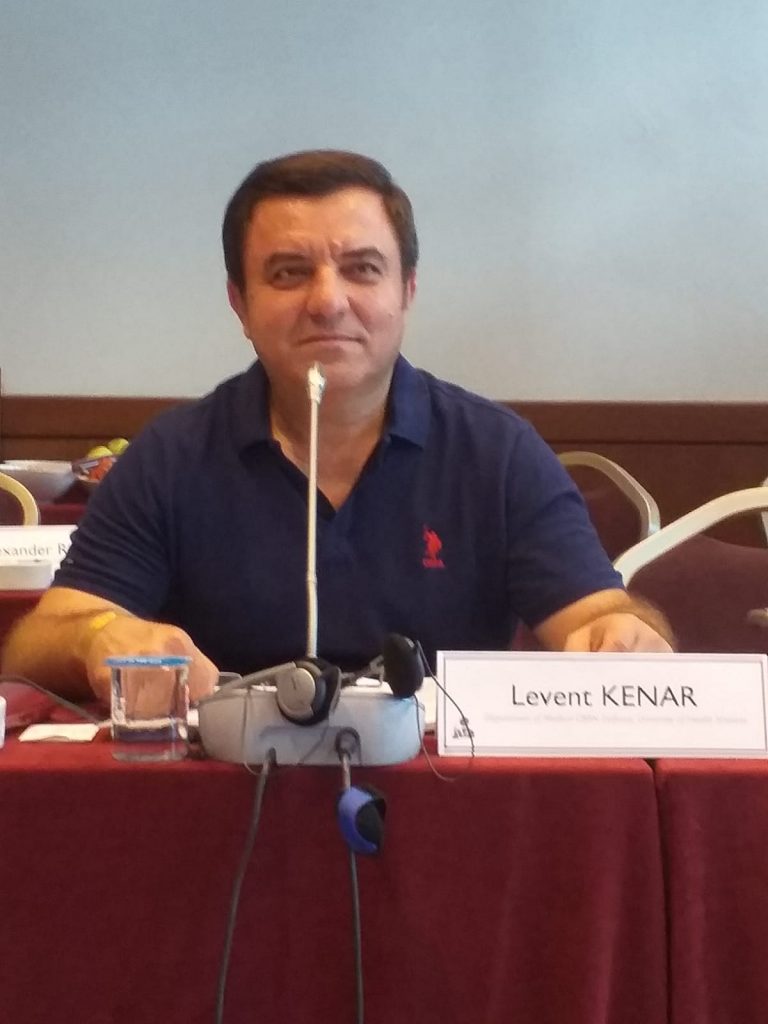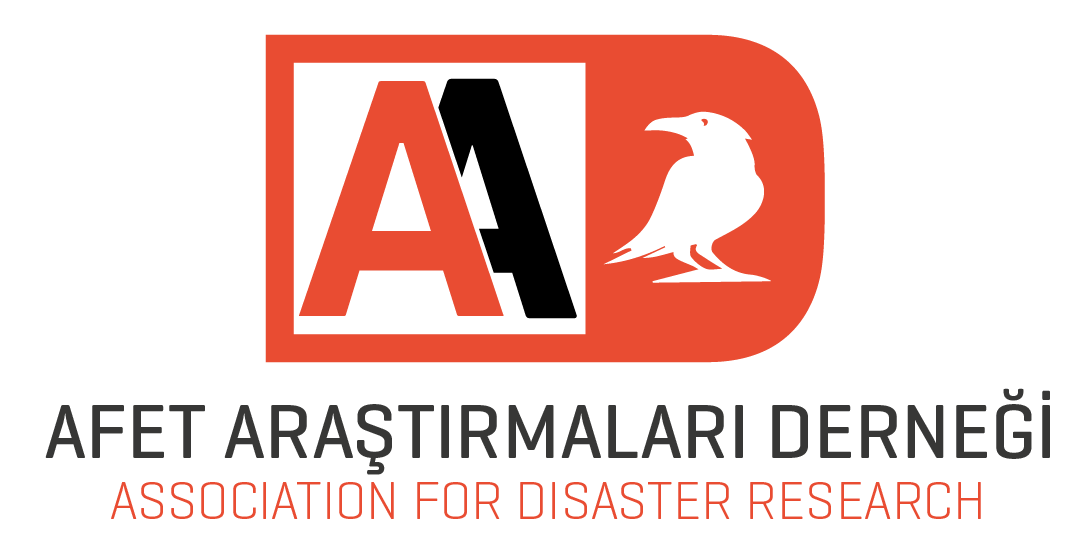CORONAVIRUS (COVID-19): Global Biological Disaster

Written by: Prof. Dr. Levent KENAR
University of Health Sciences
Chief of Medical CBRN Department
February 24, 2020
The word ‘corona’ in Latin means ‘crown’ and symbolizes the general characteristic of this group. In the coronavirus family, which is divided into four groups as Alpha-, Beta-, Gamma- and Delta, COVID-19 belongs to the Beta-coronavirus 2b family. Although 70% of this species show similarities with SARS-CoV, it was determined that there was a new and different type of coronavirus. COVID-19 is a single chain enveloped RNA virus. Human-to-human transmission, such as SARS-CoV, is one of its most important features. Main transmission routes are through the form of droplet infection and close contact. For protection, precautions such as droplet and contact prevention should be taken. The most effective treatment is based on preventing contamination. After the infection has initiated, the treatment approach is symptomatic. If the treatment is not achieved, acute respiratory distress syndrome (ARDS), sepsis and death eventually occur after pneumonia occurs. There is currently no specific Anti-nCoV 19 treatment and Anti-nCoV 19 vaccine.
Coronaviruses are transmitted through zoonotic droplets in the air; and after viral replication occurs in the ciliary epithelium, it creates cellular damage and inflammatory reactions at the infection site.
The virus which is abundant in the lower respiratory tract (tracheal aspirate, sputum or bronchoalveolar lavage fluid) of a symptomatic patient, is easily detectable and can remain in these secretions for weeks. Patch-like pulmonary infiltration and an increase in interstitial ridging can be observed in the chest radiograph.
In general, there are cases of atypical pneumonia with unknown etiology. The existence of increased fever and complaints of lower respiratory tract infection needs further medical investigation. In patients suspected with COVID-19 may Show:
- Fever in 90%,
- Dry cough in 80%,
- Sortness of breath in 20%
- Dyspnea in % 15.
Updated information related to the coronavirus outbreak as of today;
World Health Organization had announced that SARS-CoV, which caused a coronavirus epidemic by in 2003 in Guangdong / China, was seen in 8437 cases in 29 countries at total and 813 deaths occurred from these cases.
Another coronavirus outbreak seen in Saudi Arabia was defined as MERS – CoV and as of May 19, 2015, according to the data of the World Health Organization, it resulted in 640 deaths in total after 1791 cases.
The epidemic started in late December 2019 in Wuhan / China. Etiology studies and researches were performed through suspecting patients with atypical pneumonia of unknown causes. The World Health Organization regularly shares the updated status report throughout the world. According to current data (WHO Situation Report – 33) of today, there are a total of 77,794 identified COVID-19 cases. Of these, as of now, originating from China; 2348 deaths occurred from 76.392 cases. Also in other countries; 11 deaths occurred from 1402 cases.
It has been observed that 28 countries worldwide are affected by the outbreak of COVID-19 and there are cases identified in Iran, the United Arab Emirates, Lebanon and Israel in the Middle East region, where Turkey is neighboring. 18 cases have emerged in Iran, and 4 deaths were reported from these cases.
Protection Materials for Medical Staff
Personal Protective Equipment (PPE) required for possible / definite 2019-nCoV cases (contact sooner than 1 meter ) – Level D;
- Gloves (TS EN 455)
- Lab coats / Protective Clothes
- Surgical mask (TS EN 14683)
- N-95 mask(TS EN 149: 2001)
- Face protective shield
- Goggles (TS EN 166)
Healthcare professionals must use Personal Protective Equipment. Although their separate use will not be very meaningful, their combined use together is more effective in protection. N95 particle respirators provide protection against water, harmless dust, moisture, and particles (between 2-5μm), and it is one of the most important equipment for PPE. It is considered to be effective in protecting against aerosols.
In addition, after the Personal Protective Equipment is worn and removed, hand hygiene should be considered. For this, using plenty of water and soap, hands should be washed according to the hygienic rules. When removing PPE, it must be carefully removed without forgetting that its outer surfaces might also be contaminated and all materials must be placed in the medical waste bags.
